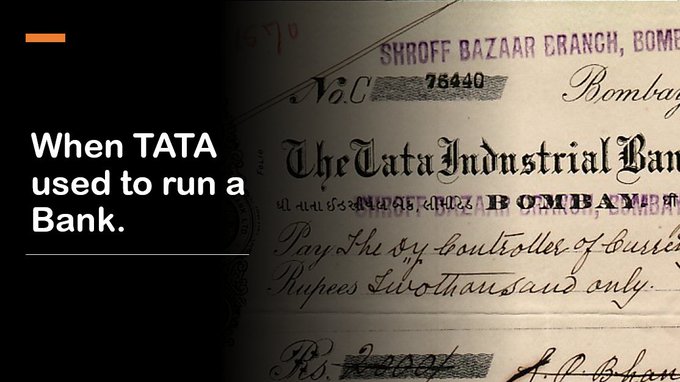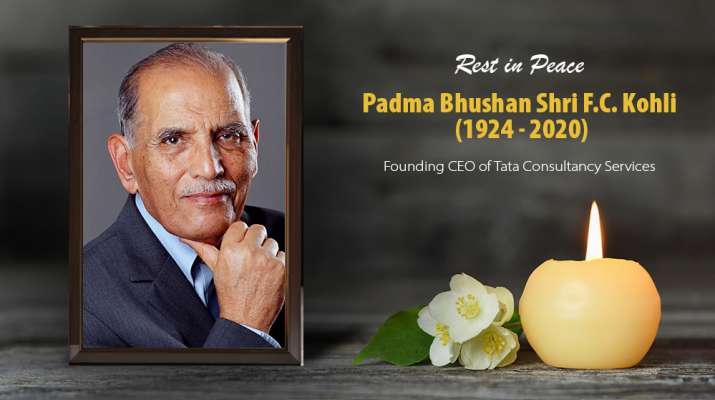1 min to read
Tata War Babies
Businesses are the babies of the promoter, raised with their blood and sweat.

The years of World War I was highly successful for Tata Steel. Wartime economies are rapacious entities. And it is a commonplace of economic and military history that, as valuable as steel is in peace, it is vital during the war.
With English steel production after 1914 rapidly absorbed by the European war. The ‘India Cement Company’ was set up in 1912, later it was merged with three Indian companies and one British to form ACC. Sir Homi Mody, the Tata Director, was the first Chairman.
The Tata Oil Mills, was born in 1916, an 85 million gross business, it was a copra and oilseed crushing industry leader of that time. Famous for “Cocogem,” a cooking medium, or ‘Vegetable Ghee’, and Soap Brands: Hamam and Moti, later followed by Jai.
Prior to 1914, the only important Indian joint-stock bank with a branch office in London was the Indian Specie Bank, but its business was mostly in silver and pearls. Then Tata’s decided to start ‘Tata Industrial Bank’ in 1917. But, Why Bank?
To have a source of capital to propel the industrial growth of the nation. It was the same thought which led to the formation of the Industrial Development Bank of India (IDBI) more than a century later.
Another big business in the financial services area was New India Assurance, which was later nationalised. Other businesses were Tata Constructions and Tata Electrochemicals. Not that all were planned. Many were created as part of the ever-growing Tata empire.
However, Post the War recession was to test this new Tata empire. Tata Constructions was sold to Walchand Hirachand to form Premier Construction Company (now HCC). And the Bank from Tata also met the same fate. It was amalgamated with the Central Bank of India (a Bank that was started by fellow Parsis: Sorabji Pochkhanawala and Pherozesha Mehta) in 1923.



